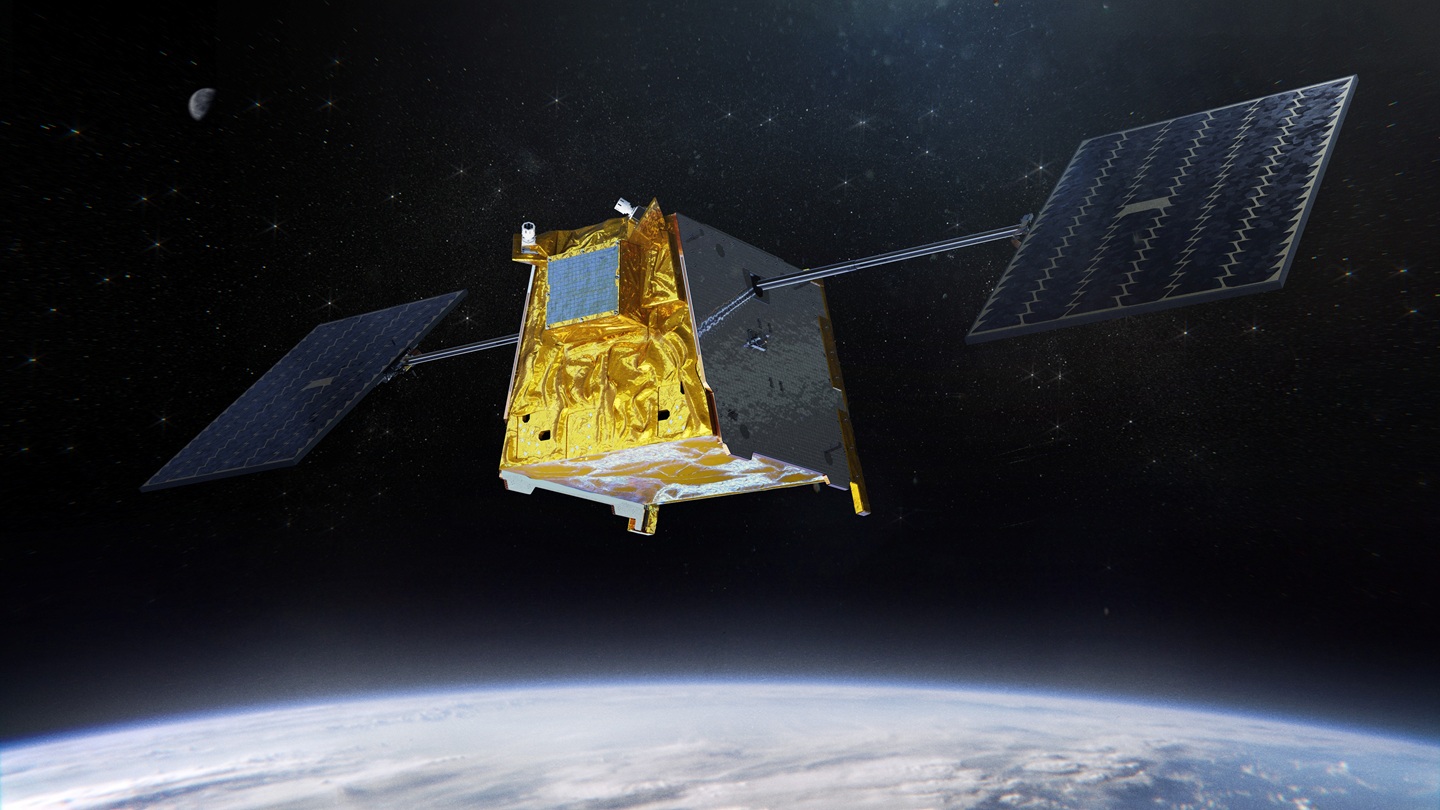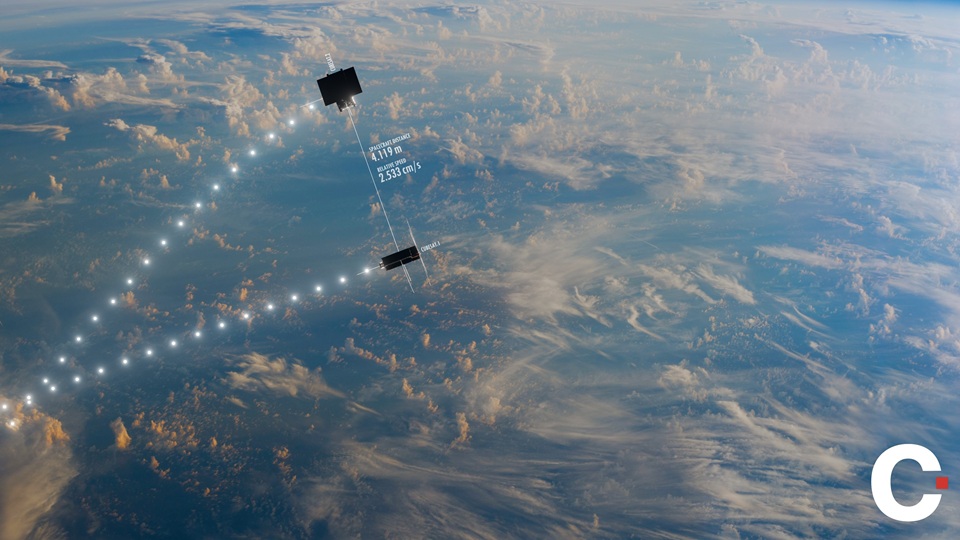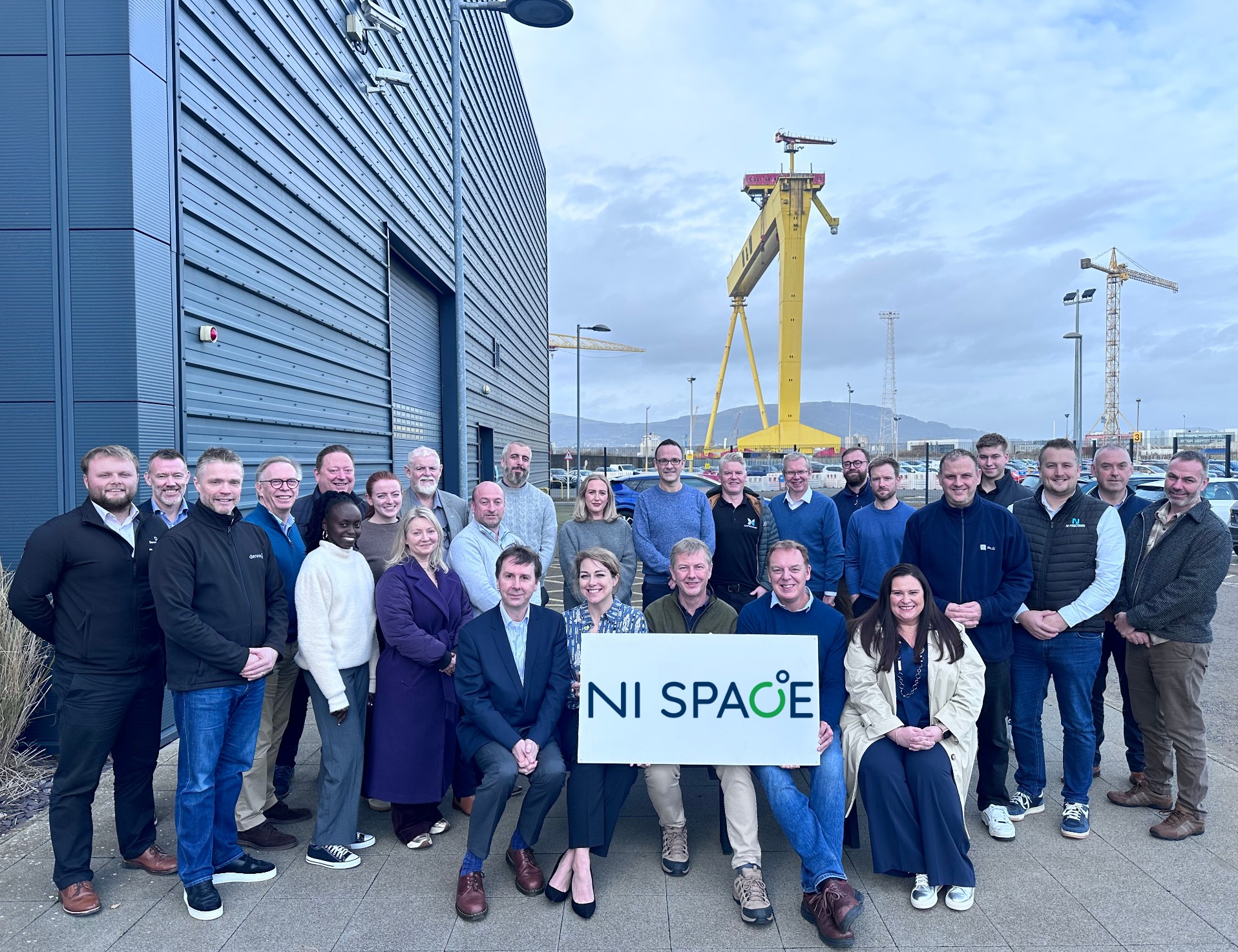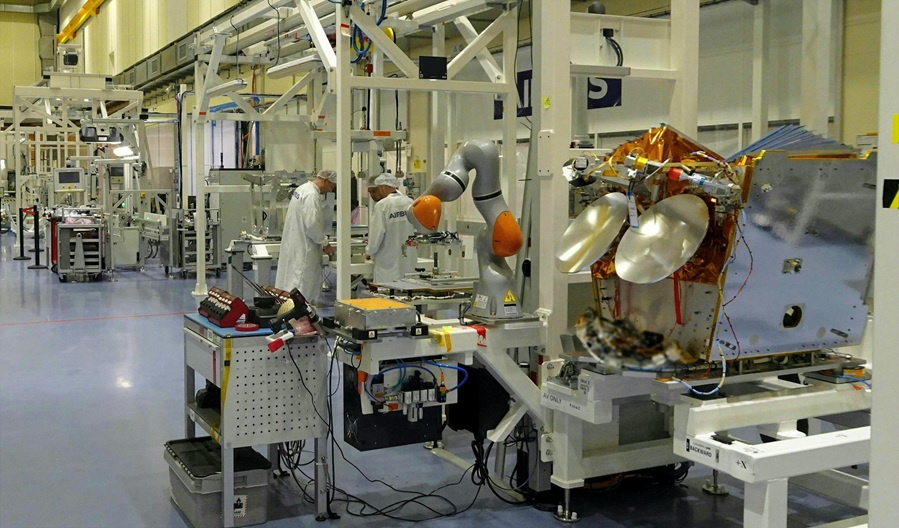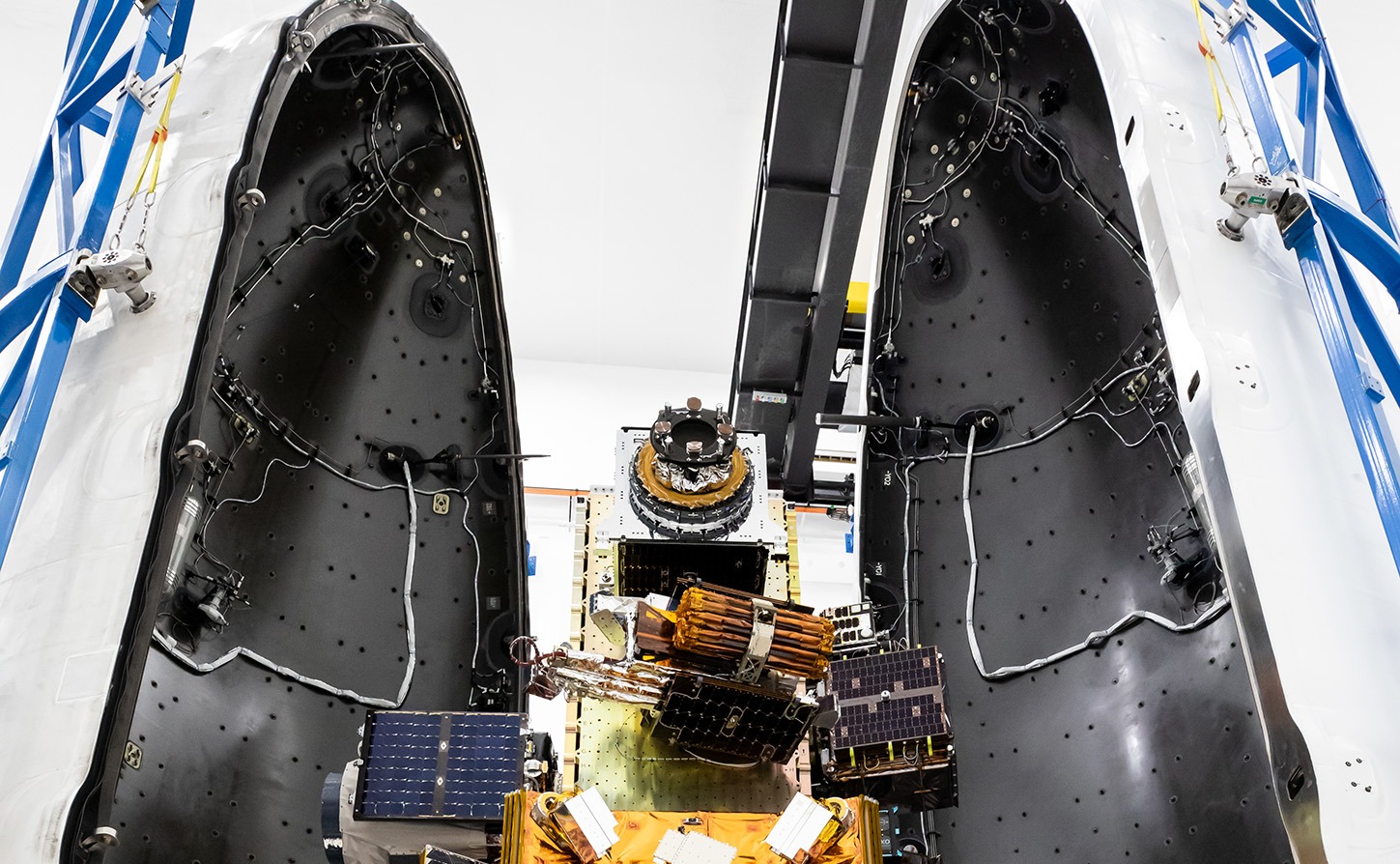Funding for next gen space science missions
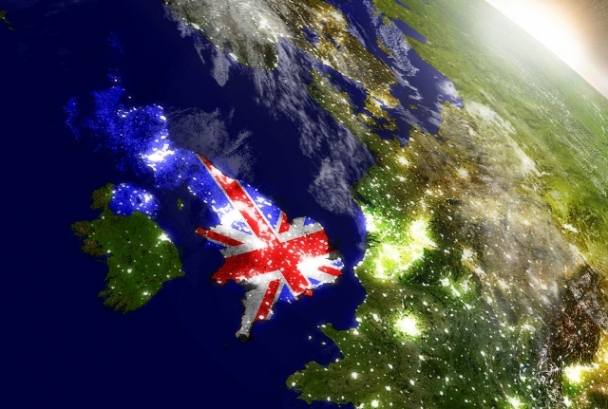
Copyright Shutterstock
The UK has been at the heart of international space science missions, including the once-in-a-generation James Webb Space Telescope, which launched in December; Solar Orbiter, a mission to study the Sun and its effects on the solar system; and the BepiColombo mission to Mercury.
The new funding aims to encourage collaboration between industry and academia and boost technology that will support the future exploration of the universe through space-based astronomy, cosmology, solar system science and astrophysics.
Led by organisations across Scotland, Northern Ireland and England, the projects include using tiny, digitally controlled mirrors, smaller than the width of a human hair, to counteract the movements of space telescopes and get sharper images. If successful, the UK-led technology could be used as a basis for instruments on future space missions.
Another will develop a space-based atomic clock small enough to fit inside a cubesat the size of a microwave. Tests of fundamental physics, such as quantum mechanics and general relativity, rely on extremely precise time measurement. An ultra-accurate atomic clock that can fit into a tiny satellite could help revolutionise space-based physics experiments, as well as deep-space navigation for planetary science and exploration missions.
Science Minister George Freeman said: “The UK’s space and satellite technology sector is already worth over £16 billion and growing fast. As well as our ground-breaking leadership on projects like the James Webb Telescope and Solar Orbiter missions, our UK Space Agency is supporting hundreds of SMEs developing cutting edge technology.
“From miniature atomic clocks and tiny digitally-controlled mirrors that help channel light into moving spacecraft, to new space weather detectors to help warn of devastating solar storms, these new projects will ensure the UK continues to grow as a global science superpower.”
The Technology for Space Science call is a joint initiative between the UK Space Agency’s National Space Technology Programme and the Science and Technology Facilities Council (STFC), part of UK Research and Innovation. A total of £455,000 has gone to the 10 projects across the UK.
In addition to national funding, the UK is a major contributor to the European Space Agency’s Science Programme, investing approximately £94 million per year, giving UK companies opportunities to bid for high value contracts and access to European suppliers and customers, and allowing UK researchers to collaborate with European and international partners on pioneering space science missions that would be too large and ambitious for one country alone.
The National Space Strategy outlines the long-term plans to grow the UK space sector and make Britain a science and technology superpower, including building on manufacturing and technology capacity, catalysing investment and working internationally.
The projects in detail:-
Rb-TP: A Rubidium atomic clock for tests of fundamental physics
Lead: TwinParadox Ltd, London
Funding: £36,500
Optical atomic clocks in space will be able to make orders-of-magnitude improvements to tests of Quantum Mechanics and General Relativity. They also open up new fields such as Gravitational Wave observatories, extreme-VLBI astronomy, and have the potential to revolutionise deep-space navigation for planetary science and exploration missions.
Warm rubidium vapour optical clocks are an excellent candidate for a space optical clock, achieving stabilities of parts in 10-15 at one hour - better than any existing space clock. This project will perform the necessary pre-cursor design for an ultra-compact Rb-TP clock in a small, low-cost format, suitable for a CubeSat demonstration.
Miniaturisation of high-precision radio receivers for cosmological observations of the Dark Ages from cost-effective space platforms on Moon’s orbit
Lead: University of Cambridge
Partner: STFC RAL Space
Funding: £50,000
Low frequency radio cosmology aims at studying the mysterious early Universe (Dark Ages and Cosmic Dawn). The observational endeavour is an extreme instrumental challenge, where a cosmological signal needs to be extracted from much brighter (~ 100,000 times) noise signals originated in the sky, on Earth and in the radio telescope itself. Ground-based experiments face challenges like human-made interference and distortions introduced by Earth’s ionosphere. This project will build a prototype miniature receiver for radio cosmology observations from the quietest location in the solar system: Far-side of Moon’s orbit. This could be installed in a cost-effective CubeSat platform enabling an iterative experimental approach without the contaminating factors.
A technology roadmap for astrophysical X-ray interferometry
Lead: University of Leicester
Partner: Open University
Funding: £50,000
The highest resolution images of the X-ray sky have to-date been taken by the Chandra X-ray observatory, a remarkable telescope that has revolutionised our view of high energy processes in astrophysics. But telescopes of this type appear to be reaching a practical limiting resolution. A radical new approach to X-ray imaging is needed to drive future advances in X-ray astronomy. This proposal will create a technology roadmap aiming to deliver the tools that astronomers need for new scientific observations - from imaging exoplanets passing in front of nearby stars to resolving the event horizon of a black hole.
Feasibility Study of a Moon-enabled Sun Occultation Mission
Lead: Surrey Space Centre, University of Surrey
Funding: £50,000
According to the Royal Academy of Engineering’s most recent assessment of space weather, better modelling and observations of the inner heliosphere represent a “crucial step in understanding all aspects of solar activities”. These include catastrophic events such as solar flares and corona mass ejections that can wreak havoc on power grids and space-based technologies. This project wants to explore the feasibility of a spacecraft mission aimed at collecting more frequent and higher-quality measurements of the inner Sun corona via Moon-enabled total solar eclipses in space. Candidate spacecraft trajectories will be researched in the chaotic dynamics of the Sun-Earth-Moon system and used to inform the preliminary design of a UK-led small satellite platform.
Integral Field Units: the next generation of space-based solar instrumentation
Lead: Queen’s University Belfast
Funding: £50,000
Placing high-powered telescopes in space offers an unrivalled viewpoint of celestial objects, including our nearest star, the Sun. Unfortunately, the spacecraft mechanics necessary to maintain stable orbits often introduce unwanted jitter in the telescope pointing, which can result in blurring of the acquired images. This project will investigate the suitability of digitally controlled small-scale mirrors, which are smaller than the width of a human hair, to reduce the impact of spacecraft jitter by allowing the re-pointing of incoming light at very high rates (exceeding thousands of times each second). Understanding the suitability of micromirrors for spaceflight will pave the way for future UK-led instrumentation suites in the decades to come.
GaiaNIR:UK – capacity building and feasibility study for next generation astrometry
Lead: Institute of Astronomy, University of Cambridge
Partners: Durham University, University College London’s Mullard Space Science Laboratory and the UK Astronomical Technology Centre and Leonardo UK Ltd
Funding: £47,000
The focus of the study is to conduct initial feasibility studies related to the development of a future near-infrared astrometry space mission in the context of the ESA Voyage 2050 programme, building on UK strengths in science, data and IR detector technologies. Observing in the infrared would allow the study of regions hidden in the optical due to dust, for instance the central regions of the Milky Way, and thus allow a detailed understanding of our galaxy’s ecosystem and formation history.
Ultrasonically assisted augers
Lead: University of Glasgow
Funding: £50,000
Exploring the subsurface of another planet may require us to drill below the ground, but low gravity might make it difficult to create the forces and torques required to operate a rotating drill string. However, ultrasonic vibration - small, high frequency movements - are known to fluidise soil-like materials. This project will determine if this fluidisation phenomenon can be applied to a drilling auger, which would reduce the force and torque that would need to be applied and allow us to explore the terrain using smaller, and therefore faster and cheaper, planetary landers.
Improved control loop for a miniaturised space weather magnetometer
Lead: Imperial College London
Funding: £36,500
Imperial College is leading a project to improve the performance of miniaturised magnetic field detectors that are deployed on nano-satellites to detect space weather disturbances coming from the Sun. These disturbances can cause serious environmental interference on the ground such as shutting down power grids. The project involves development of a new type of electronics control that is compatible with the most sensitive magneto-resistive sensors, solid state miniature sensors that are more commonly use in navigation and vehicle detection applications.
Using Multivariate Statistical Analysis to fit spectroscopy data from remote and in situ analysis of planetary surfaces: A proof-of-concept assessment
Lead: The Open University
Funding: £40,500
One of the most powerful tools that scientists use for the remote exploration of planetary bodies is reflectance spectroscopy. When light from the Sun is reflected back from the surface of a planetary body, its spectrum (or pattern of wavelengths) is changed in ways that depend on the composition and roughness of the surface. Spectra are interpreted by comparison with known rocks and minerals – but it is not an exact procedure. The team is developing mathematical techniques that can speed up and make more accurate the interpretation of planetary spectra. This will help future exploration of space and recognition of potential in situ resources.
Optical Coatings by the ContinUous Processing of Large ARea Parts using Plasma Electrolytic Oxidation (OCULAR)
Lead: Keronite International Ltd, Haverhill, Suffolk
Funding: £44,000
Black surface treatments are needed for optical instruments and solar shielding to withstand the extreme conditions found in space, but very few surface treatment technologies meet these requirements. Keronite’s proprietary plasma electrolytic oxidation (PEO) process involves creating a ceramic oxide layer on the surface of metals, which offers exceptional properties for space applications.
To cater for an increased demand for coating large components, including the next generation of space telescopes, the OCULAR approach envisages an innovative continuous coating process whereby only a section of a part is coated at any given time while rotating the part to ensure full coverage. This will be a globally unique capability that will put UK space technology at the forefront of the future development for large space parts requiring functional optical coatings.






